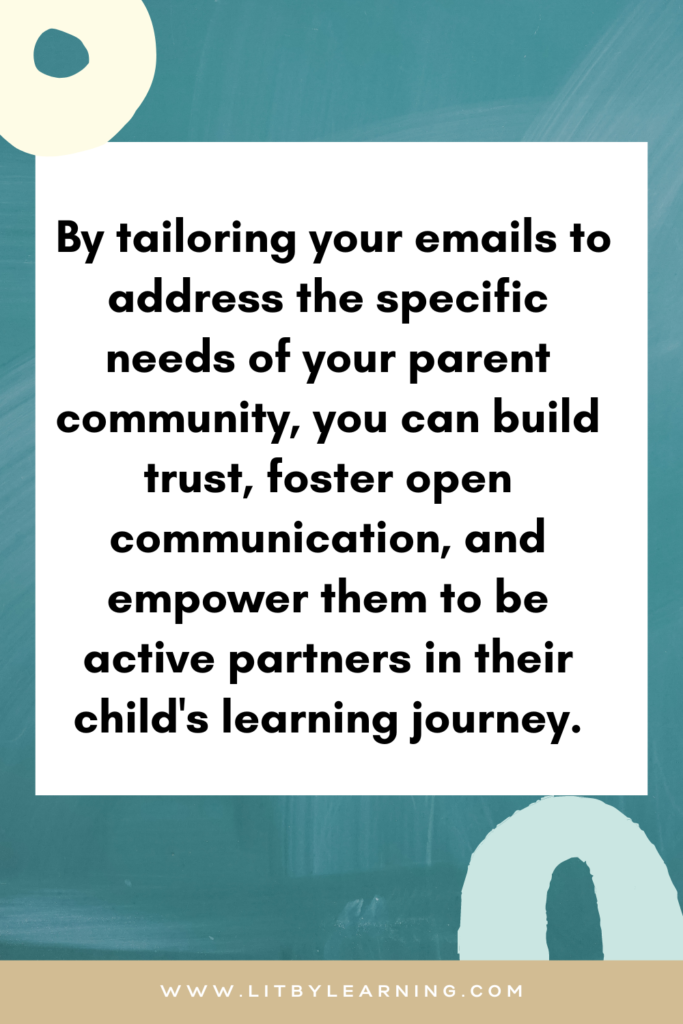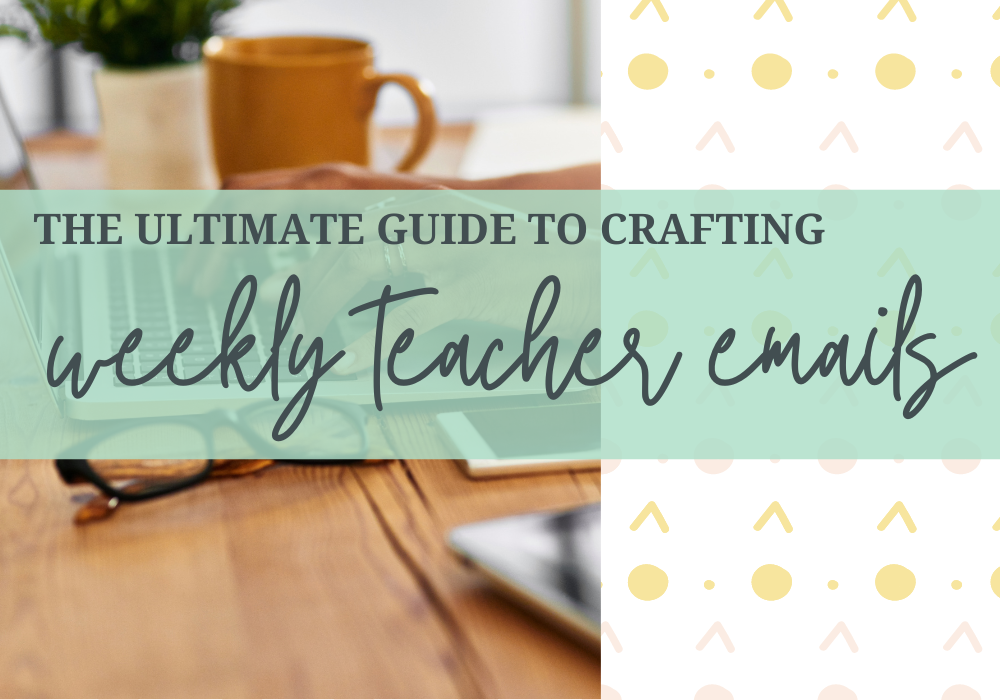Are you tired of your weekly teacher emails going unnoticed or unread by your students and parents? If so, you’ve come to the right place! In this ultimate guide to crafting effective weekly teacher emails, I’ll walk you through the process of crafting effective weekly teacher emails that not only grab attention but also facilitate better communication. Whether you’re a seasoned educator or just starting your career, I know we can learn from each other here!
Don’t let your weekly teacher emails get lost in caregivers’ sea of unread messages!
Using the tips in this post, you’ll be equipped with the knowledge and strategies to create teacher emails that inform and connect with families in a meaningful way. Let’s dive in and get your weekly emails optimized now!

Importance of effective teacher emails
As you know, effective communication is critical to a successful educational experience. As a teacher, your weekly emails and other communications serve as a vital link between you, your students, and their parents. These emails have the power to keep everyone informed, engaged, and aligned with the academic and extracurricular activities happening in your classroom. They also serve as a powerful way to connect caregivers with the daily life of the classroom!
That said, crafting effective teacher emails is not always easy. It can be challenging to ensure that your messages stand out and resonate with your audience. Poorly written or unorganized emails can quickly become lost in the shuffle, leaving your students and parents feeling disconnected and uninformed.
You can establish a strong foundation of trust and transparency with your school community!
By investing time and effort into creating engaging and informative weekly emails, you can establish a strong foundation of trust and transparency with your school community. Effective teacher emails can foster a sense of community, keep parents informed about their child’s progress, and empower students to take an active role in their own learning. When done right, these emails can become a powerful tool for driving student success and strengthening the home-school connection.
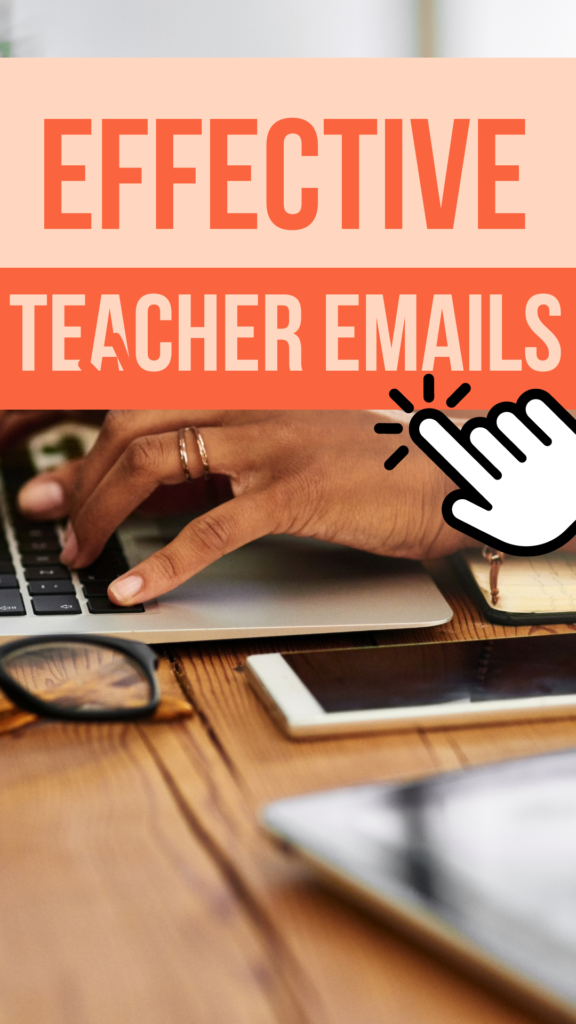
Understanding your audience – families and caregivers
Before you start crafting your weekly teacher emails, it’s crucial to have a deep understanding of your audience – the parents and caregivers of your incredible students. Recognizing their unique needs, preferences, and communication styles will enable you to tailor your messages in a way that resonates with them.
What are these stakeholders’ primary concerns and interests when it comes to their child’s education? Are they seeking frequent updates on academic progress, or are they more interested in extracurricular activities and school events? What language needs do they have? By tailoring your emails to address the specific needs of your parent community, you can build trust, foster open communication, and empower them to be active partners in their child’s learning journey.
A great way to obtain this kind of information is to ask questions in a beginning of the year survey. Here are some questions you may present:
- Confirm their address: Do you receive emails at this address? Do you check it regularly check?
- Gathering input from past experiences: What have you liked about previous teachers’ emails? What have you not liked?
- Getting to the content: What do you want to be included in each weekly teacher email?
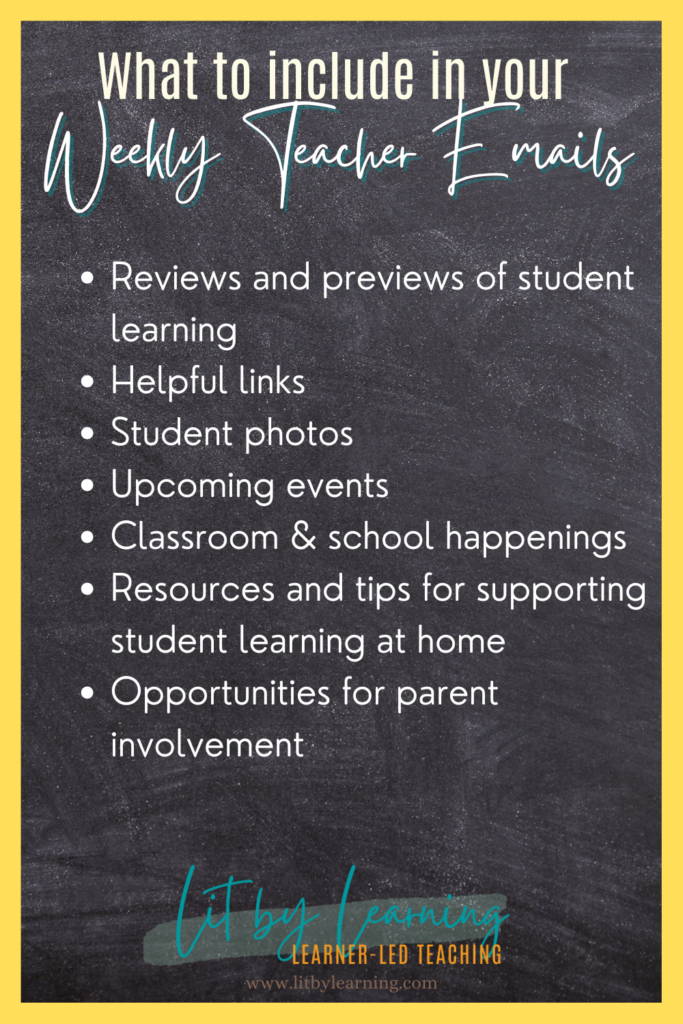
Setting clear objectives for your weekly emails
Using the information you’ve collected from above, set intentional goals for your weekly teacher emails. What do you hope to achieve with these communications? Are you aiming to keep parents informed about upcoming events at a school and classroom level? Do you want to give a preview into what learning is coming up next? Do you want to share ideas for how to enhance learning at home?
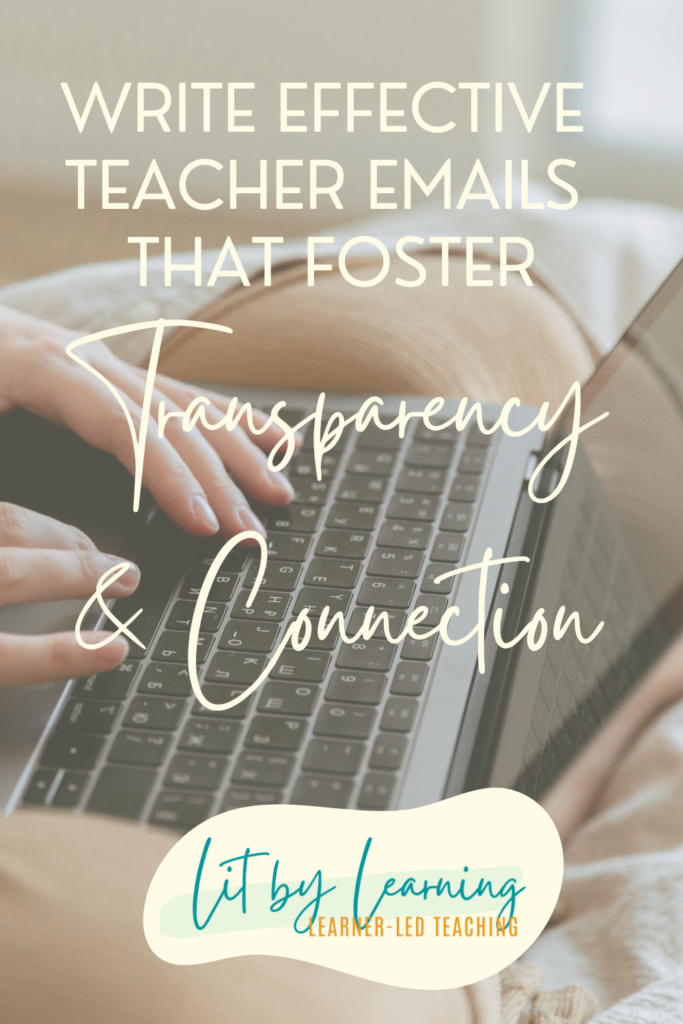
After all, the content of your weekly teacher emails is the heart and soul of your communication strategy. It’s not enough to simply provide updates or reminders – your emails should offer valuable, relevant information that addresses the needs and interests of your students’ caregivers.
When curating the content for your emails, consider the following types of information:
- Updates on academic progress, including student achievements, test scores, or areas for improvement
- Upcoming events, such as field trips, parent-teacher conferences, or extracurricular activities
- Classroom happenings, including special projects, guest speakers, or hands-on learning experiences
- Resources and tips for supporting student learning at home
- Opportunities for parent involvement, such as volunteer openings or ways to get engaged in the school community
By defining your objectives, you can create a focused and strategic approach to your weekly emails. From here, you can create a predictable outline to follow each week. This makes it so much easier to remain consistent in what you include – and it makes your weekly teacher emails easier to access for your students’ caregivers! Read more below.
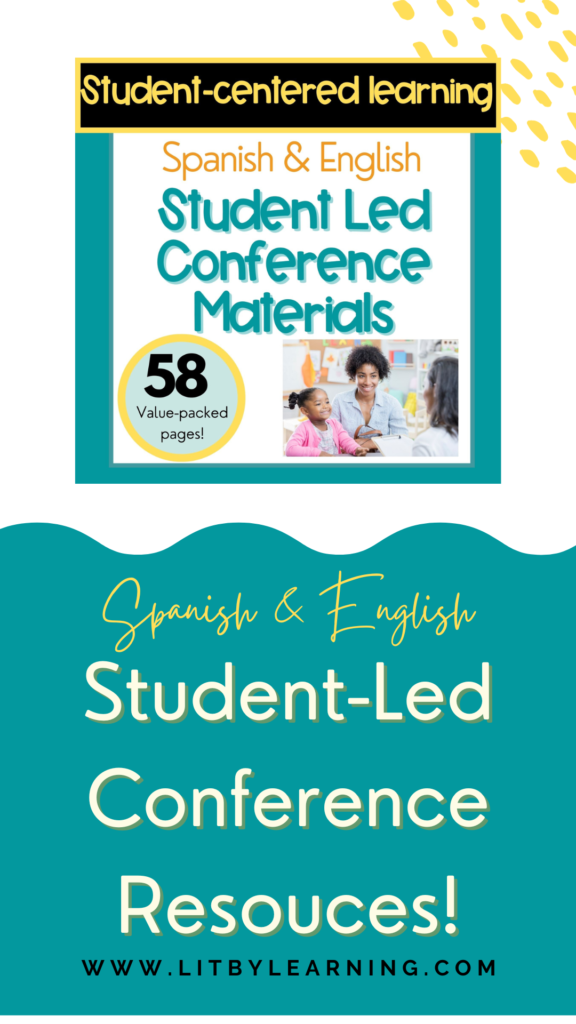
Structuring your email for readability and engagement
The way you organize and present your content can significantly impact the overall engagement and effectiveness of your communications.
Begin by establishing a clear and consistent structure for your emails. Start with a friendly and personalized greeting, followed by a concise introduction that sets the tone and highlights the key information or call-to-action. Organize your content into easily digestible sections, using clear headings and subheadings to guide your readers through the email.
Here are the sections that I include in my weekly teacher emails:
- Greeting
- Important announcements: from our specific classroom & the school at large
- Consistent, repeating links: These include reporting absences, checking grades online, paying fees, and our ongoing classroom learning scrapbook.
- Review of previous learning: What we did the past week in all of our subjects
- Preview to upcoming learning: A peek ahead into what we’ll be learning the following week.
Teachers sometimes forget that adults respond to the formatting of a text similarly to kids. A long text is much easier to digest if it is broken up and organized stategically! Incorporate visual elements, such as images, icons, or graphics, to break up the text and make your emails more visually appealing. I use emojipedia to include consistent icons to represent each of our core subjects. Additionally, consider using bullet points, numbered lists, or short paragraphs to make your content more scannable and easy to digest. Studies have shown that emails with relevant visuals tend to have higher engagement rates and better information retention among readers.
A long text is much easier to digest if it is broken up and organized stategically!
Implementing a consistent schedule for sending your weekly emails
Consistency is key when it comes to establishing effective weekly teacher emails. By maintaining a regular schedule for sending your communications, you can build trust, create a sense of routine, and ensure that your students’ caregivers know when to expect important updates and information.
Decide on a specific day and time each week to send your emails, and stick to that schedule as closely as possible. As hard as it is, try not to send one-off emails on other days; if at all possible, compile all necessary information into one comprehensive weekly email. This will help parents anticipate and look forward to your communications, rather than feeling caught off guard or left out of the loop.
Additionally, consider sending your weekly emails at a time when your audience is most likely to be engaged and receptive. For example, sending emails in the evening or on the weekend may be more effective than during the middle of the school day, when parents and students are juggling multiple responsibilities.

Tracking and analyzing the effectiveness of your teacher emails
To ensure that your weekly teacher emails are truly effective, check in once a quarter or so to see what is or what is not working. This will not only help you identify areas for improvement but also allow you to continuously refine and optimize your communication strategy.
You can do some of this work on your own by reflecting on how well-informed parents seem to be. Do they respond when a response is needed? Do they send emails or make calls requesting information that is left out or unclear?
Consider gathering feedback from caregivers as well. Send a short follow-up survey to chat with parents at drop-off or pick-up. surveys or solicit comments to understand what they find most useful, engaging, or room for improvement. This feedback can be invaluable in shaping the content, tone, and format of your future emails.
Beyond weekly teacher emails – other ways to establish strong connections with caregivers!
Are you looking for more ways to build strong connections with your students’ families? Check out these 12 Ways to Build Indestructible Parent Teacher Relationships to grab some more ideas!
